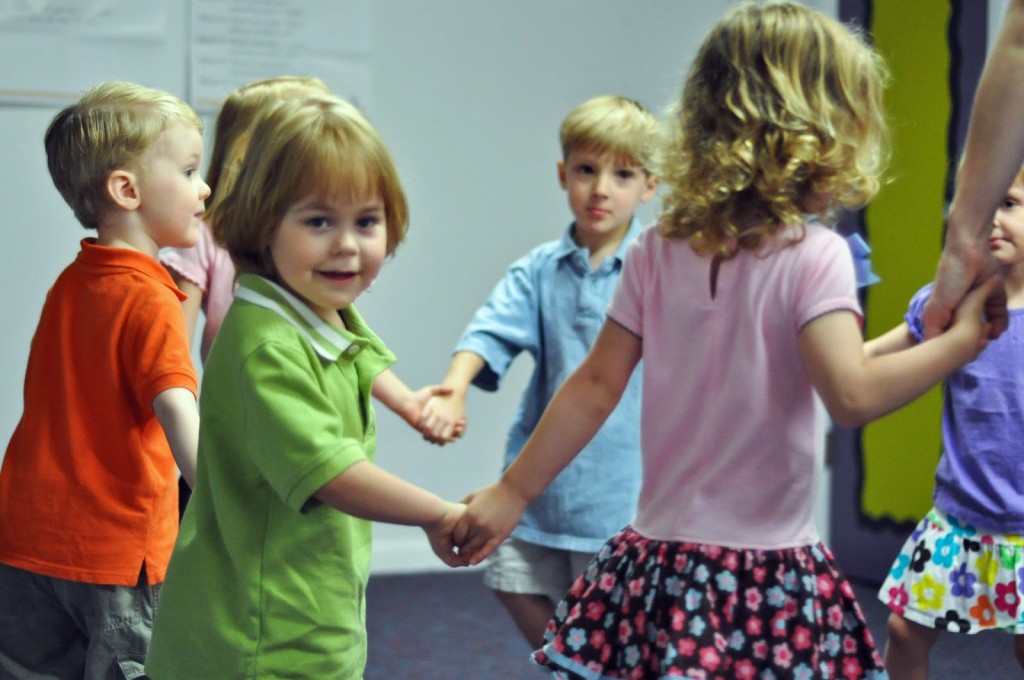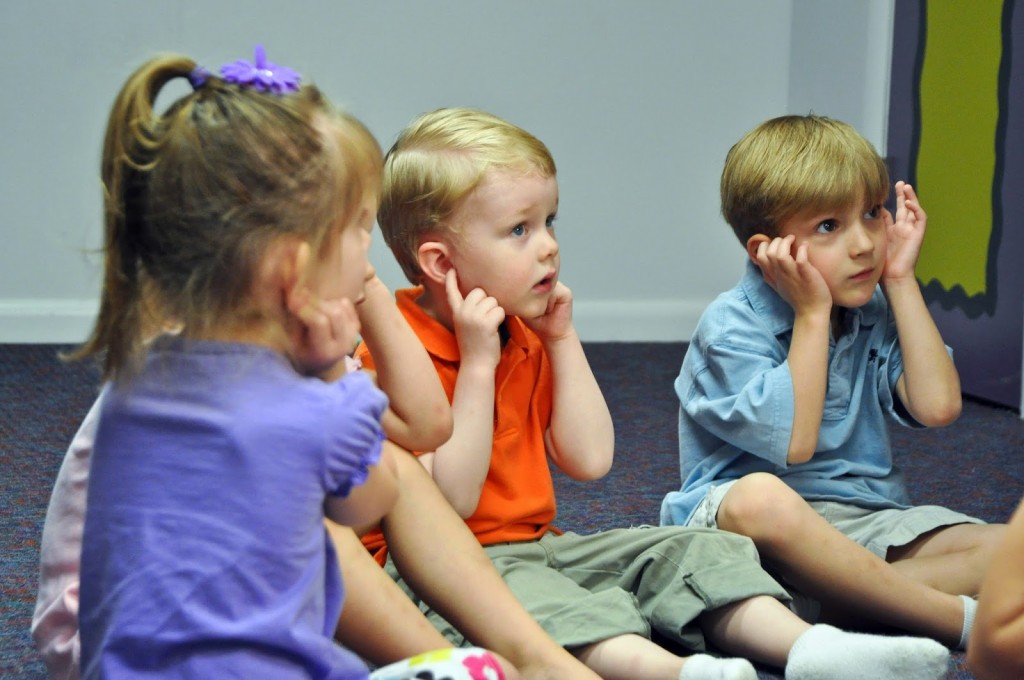Did you know that you have access to an early childhood development expert? We
don’t mean our Kindermusik educators, although, of course, with our years of
experience and commitment to on-going education, we certainly qualify. We are
talking about you. Seriously. No one knows your child better than you
do, which makes you an expert on your little one! It’s also why we love
partnering with parents throughout the entire Kindermusik journey. Together, we
connect the dots between what the research says about how young children learn
best with the very personalized and specific ways of your child.
don’t mean our Kindermusik educators, although, of course, with our years of
experience and commitment to on-going education, we certainly qualify. We are
talking about you. Seriously. No one knows your child better than you
do, which makes you an expert on your little one! It’s also why we love
partnering with parents throughout the entire Kindermusik journey. Together, we
connect the dots between what the research says about how young children learn
best with the very personalized and specific ways of your child.
So,take a moment to discover a little about the three main types of learners and
celebrate the way your child learns
best! We know that we do each week in class!
celebrate the way your child learns
best! We know that we do each week in class!
Three Types of Learning Styles
1. The Visual Learner (The Watcher)
·
Learns best by seeing information and observing surroundings
Learns best by seeing information and observing surroundings
·
Watches more of what is going on than actually participating
Watches more of what is going on than actually participating
·
Good sense of direction and spatial awareness
Good sense of direction and spatial awareness
The Visual Learner in Kindermusik: A child who learns visually will need to watch an
activity several times before feeling comfortable and safe enough to
participate. In class, visual learners may choose to spend time close by a
parent or other caregiver as “home base.”
activity several times before feeling comfortable and safe enough to
participate. In class, visual learners may choose to spend time close by a
parent or other caregiver as “home base.”
2. The Kinesthetic Learner (The Mover)
·
Learns best by moving, touching, feeling, and physically exploring
Learns best by moving, touching, feeling, and physically exploring
·
Prefers to “show” rather than “tell” through body language and gestures
Prefers to “show” rather than “tell” through body language and gestures
·
Coordinated, strong sense of timing, and works well with their hands
Coordinated, strong sense of timing, and works well with their hands
The Kinesthetic Learner in Kindermusik: A child who learns kinesthetically will often be first
in line at trying out a new instrument, move around the whole room during movement
activities, and inspire the curiosity and participation of others through a
hands-on approach to class.
in line at trying out a new instrument, move around the whole room during movement
activities, and inspire the curiosity and participation of others through a
hands-on approach to class.
3. The Auditory Learner (The Listener)
·
Learns best by listening, especially to new information
Learns best by listening, especially to new information
·
Responds well to verbal prompts like, “Are you listening?” or “What do you hear?”
Responds well to verbal prompts like, “Are you listening?” or “What do you hear?”
·
Strong language and communications skills and well-developed vocabulary
Strong language and communications skills and well-developed vocabulary
The Auditory Learner in Kindermusik: A child who learns by listening easily remembers
words to songs, dance sequences, and even details from the story from week to
week. Auditory learners are also quick to share opinions and ideas during
class.
words to songs, dance sequences, and even details from the story from week to
week. Auditory learners are also quick to share opinions and ideas during
class.





Leave a Reply